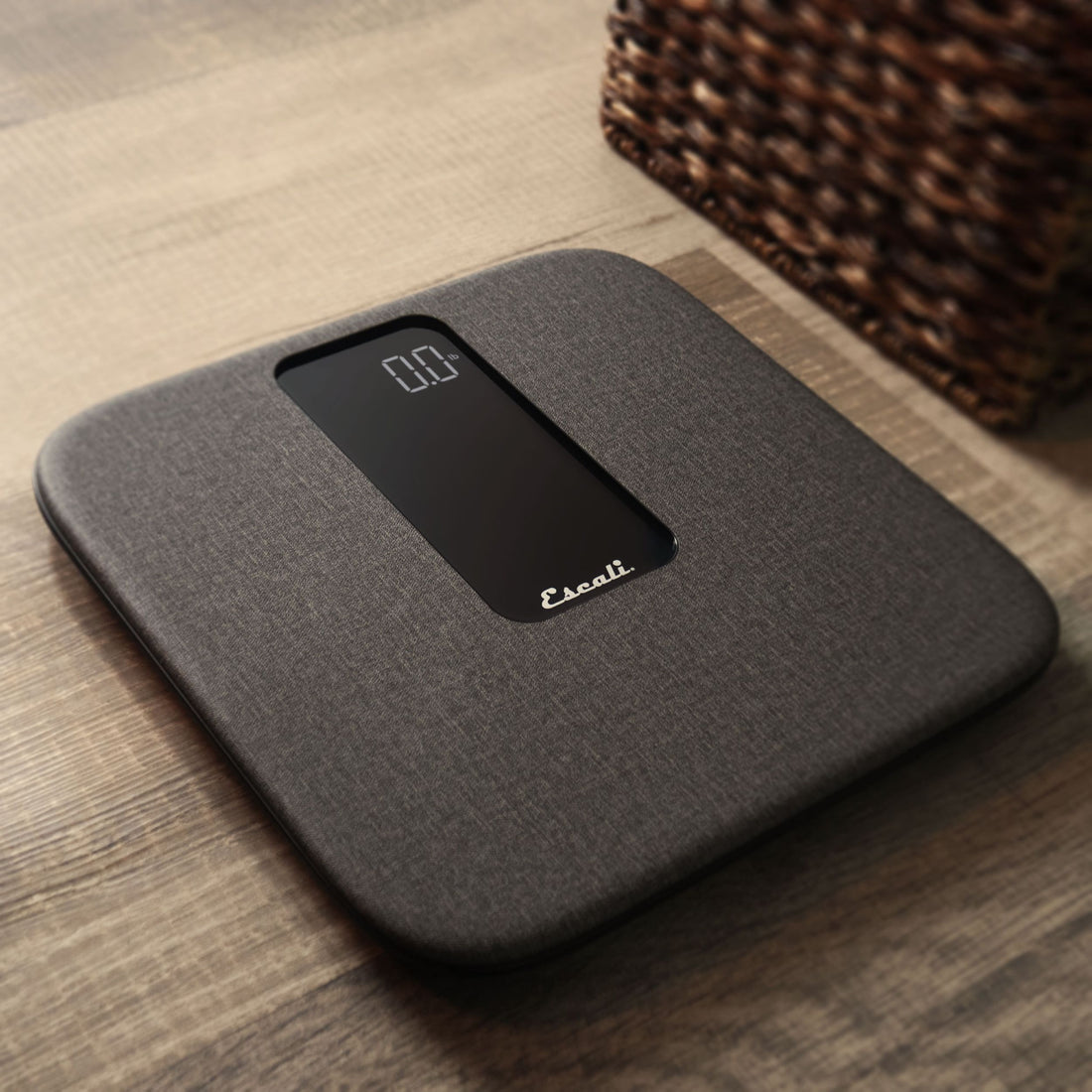Most people do not give their bathroom scale much thought. You step on, and you step off. However, it is a sensitive instrument designed to measure slight changes in your body; even if you do not notice them. There are many variables both inside and outside of your body, which can affect their accuracy. Fluctuations in these variables can lead to inconsistent measurements and frustration. Have you ever stepped on your bathroom scale and disagreed with what you saw? Follow these 3 steps to get the most from your bathroom scale.
1. Start with the basics. Control your measuring environment.
First, make sure you are using your bath scale in the best location available and use proper technique when taking measurements. Ensure your scale is on a flat, stable and level surface. Do not use your scale on carpet. When taking measurements, stand still in the center of the platform until all measurements are displayed, and if possible do not move your scale in-between measurements.
2. Create a schedule to measure yourself under similar conditions.
Your body weight and body composition are influenced by many variables which change constantly and can affect your scale’s measurements. Simply by identifying what these variables are you can take steps to minimize their influence on your measurements. We recommend that you take each body measurement under similar conditions for best results. Start by defining a regular schedule for taking your body measurements.
Measure yourself on a regular frequency throughout the week. Will it be daily, once per week, or every Tuesday and Friday? Activities such as weekend drinks with friends or exercise classes can leave you dehydrated and affect your body measurements.
Measure yourself at the same time of day. The amount of food in your stomach, urine in your bladder or your general level of hydration will vary throughout the day and affect body weight and composition. Pick a time of the day to measure yourself when these variables are most likely to be similar. This will minimize the effect their inevitable fluctuations have on your body measurements.
Wear the same amount of clothing for every measurement. Stepping on a scale wearing a pair of jeans and sweater will add more weight than your underwear or birthday suite. Obviously, this will add to your body weight, but it will also affect body composition measurements. To minimize this variable wear the same amount of clothing for every measurement. Tip: The less clothing you are wearing the easier it is to wear the same amount of clothing for every measurement.
3. If you are trying to lose weight, focus on change instead of individual measurements.
The road to weight loss can be a bumpy ride full of ups and downs. To improve your chances of success, first record your starting weight or body composition. Then, with the help of your doctor, set a goal and record your body measurements over time. Your progress over a month is more important than any single measurement or day-to-day changes. So, it is important to give yourself enough time for change to occur.
Take this strategy to the next level by creating an average weight for the day, or week, to further de-emphasize any single measurement. Focusing on overall progress will help you minimize individual measurements that may potentially be demoralizing when simply compared to yesterday or even last week.
4. Bonus! For best results…
We recommend that you measure yourself every morning when you wake up, after using the restroom, before eating breakfast and wearing no clothes. Record those daily measurements and create a weekly average to save in a chart or graph. Now you can easily track your progress towards achieving a goal weight or maintaining a healthy body weight. If you are using a body composition scale; measurements such as body fat, muscle mass and hydration level should be recorded and tracked in a similar manner.

